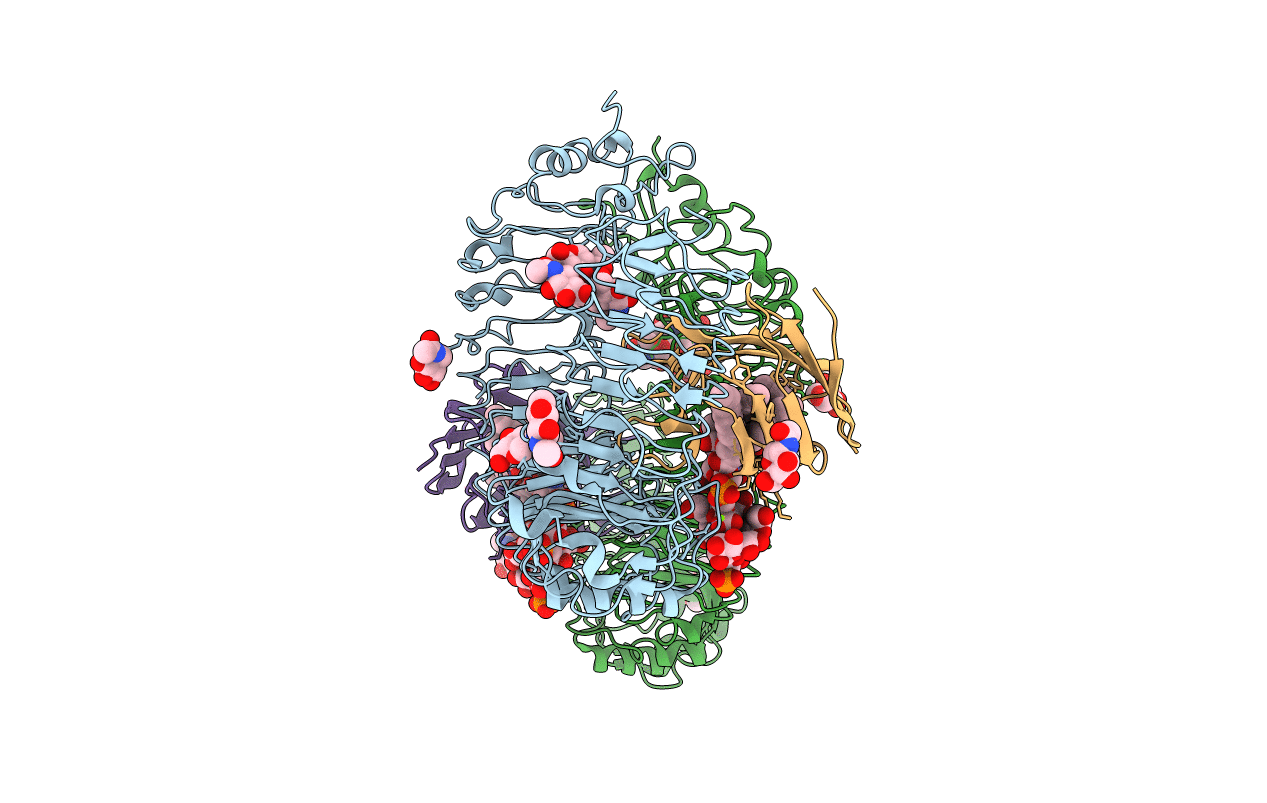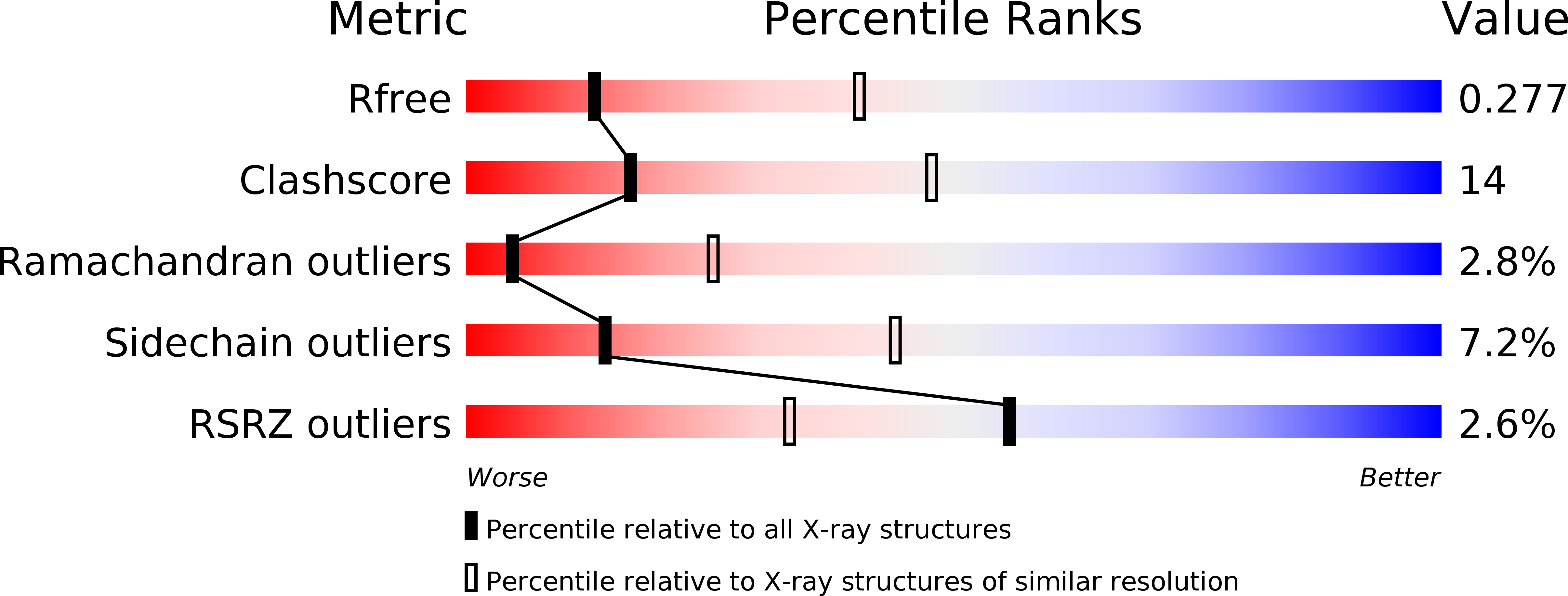
Deposition Date
2009-01-21
Release Date
2009-03-03
Last Version Date
2024-11-06
Entry Detail
PDB ID:
3FXI
Keywords:
Title:
Crystal structure of the human TLR4-human MD-2-E.coli LPS Ra complex
Biological Source:
Source Organism:
Homo sapiens (Taxon ID: 9606)
Host Organism:
Method Details:
Experimental Method:
Resolution:
3.10 Å
R-Value Free:
0.28
R-Value Work:
0.24
Space Group:
P 21 21 21


